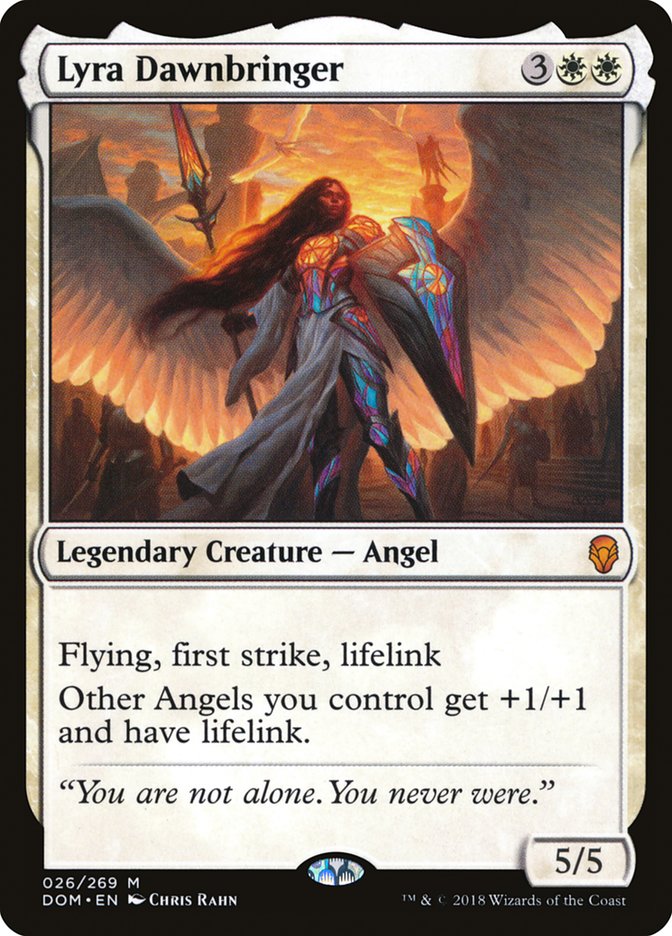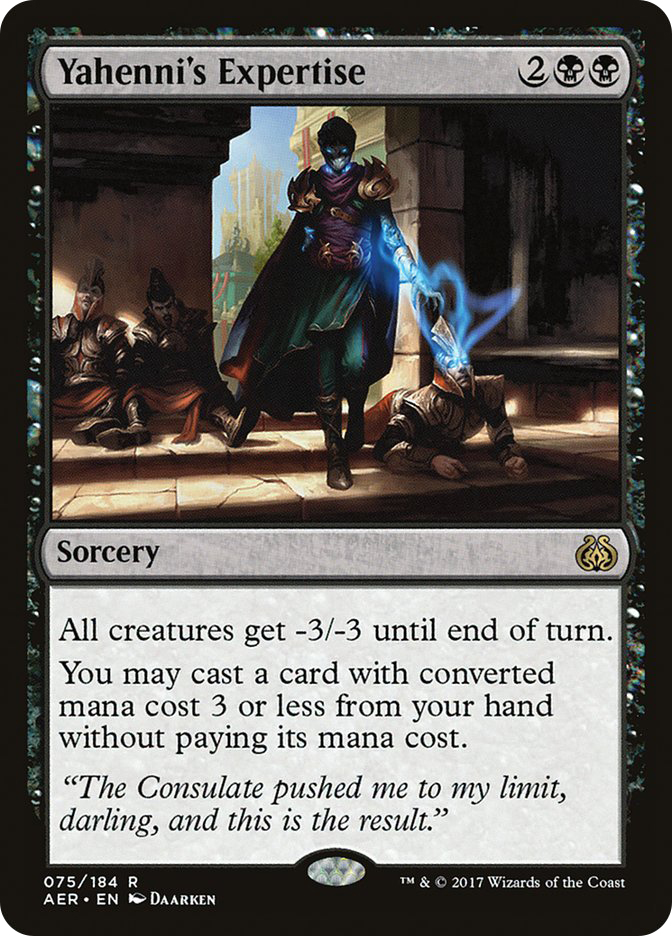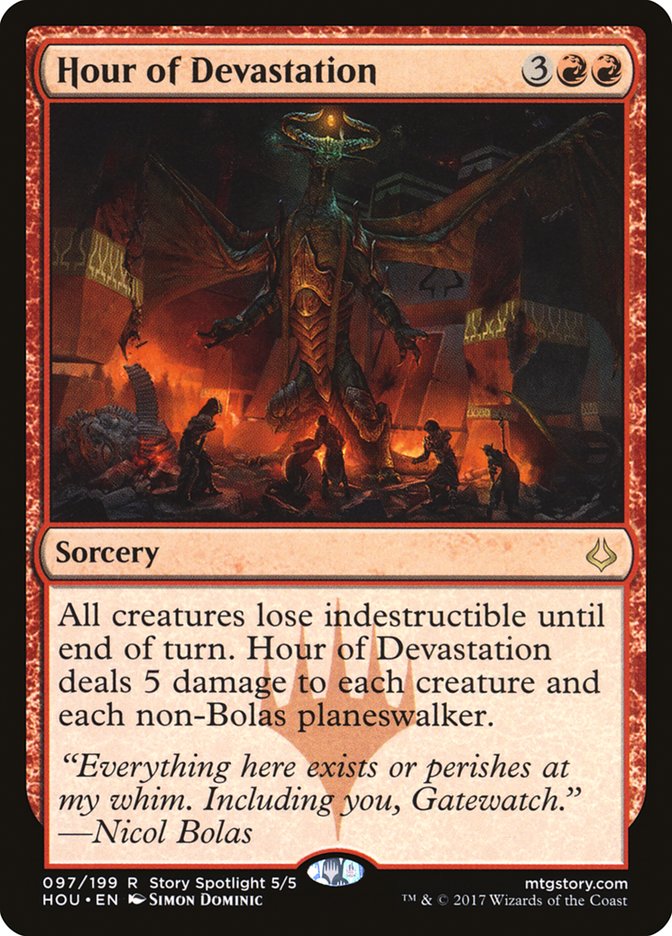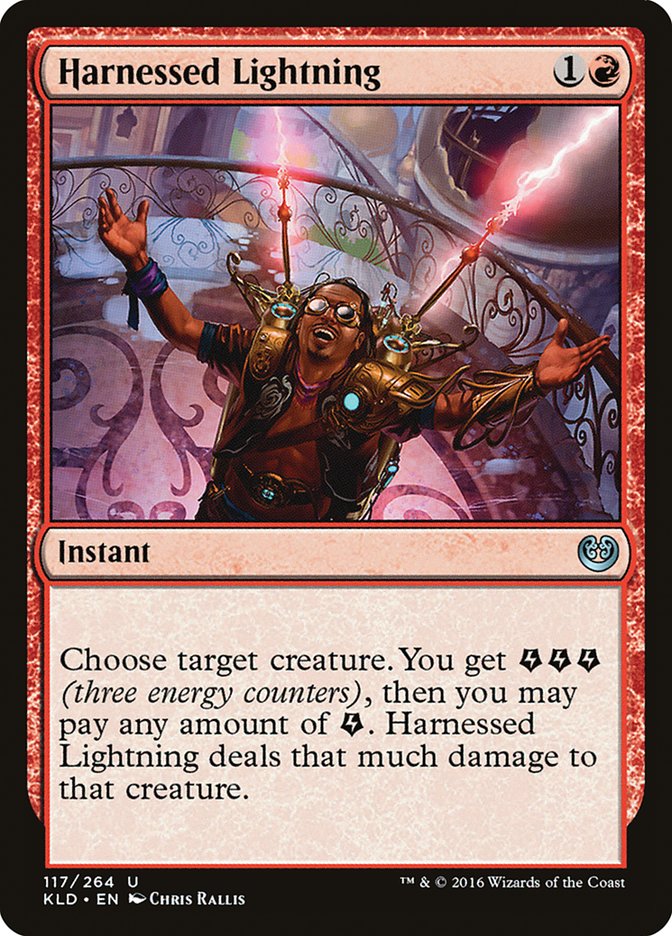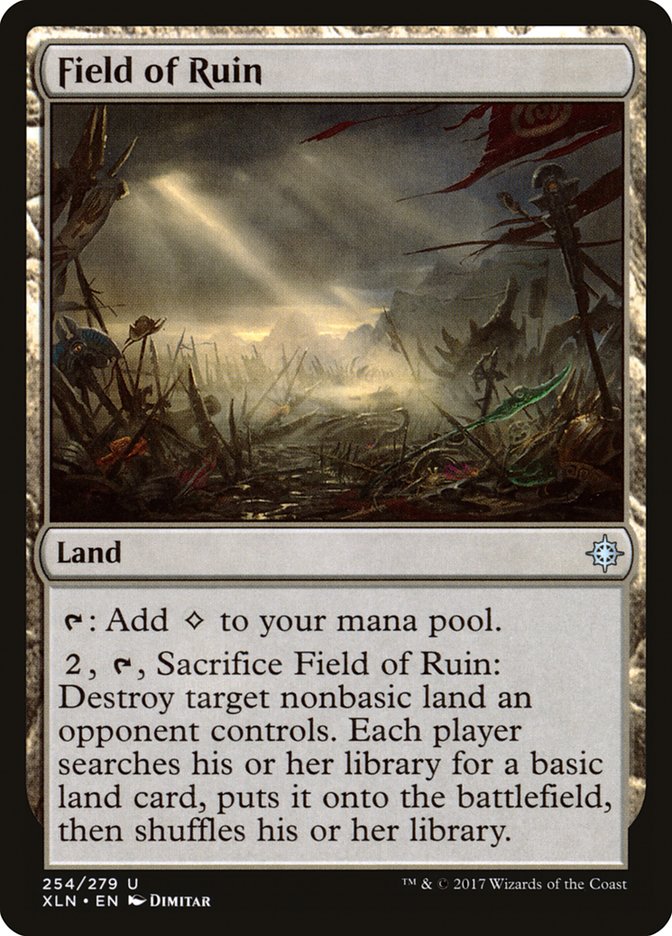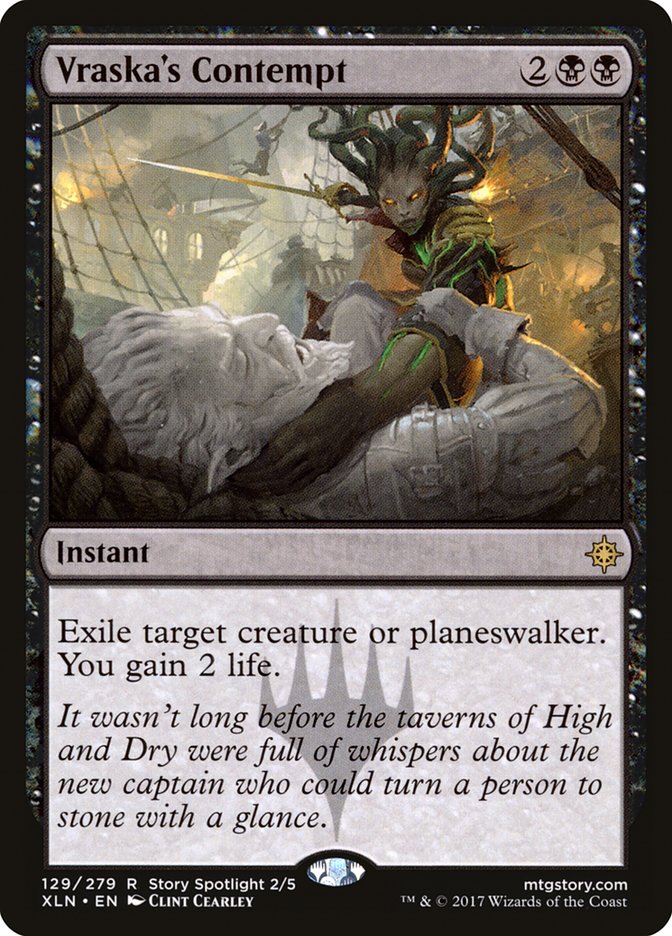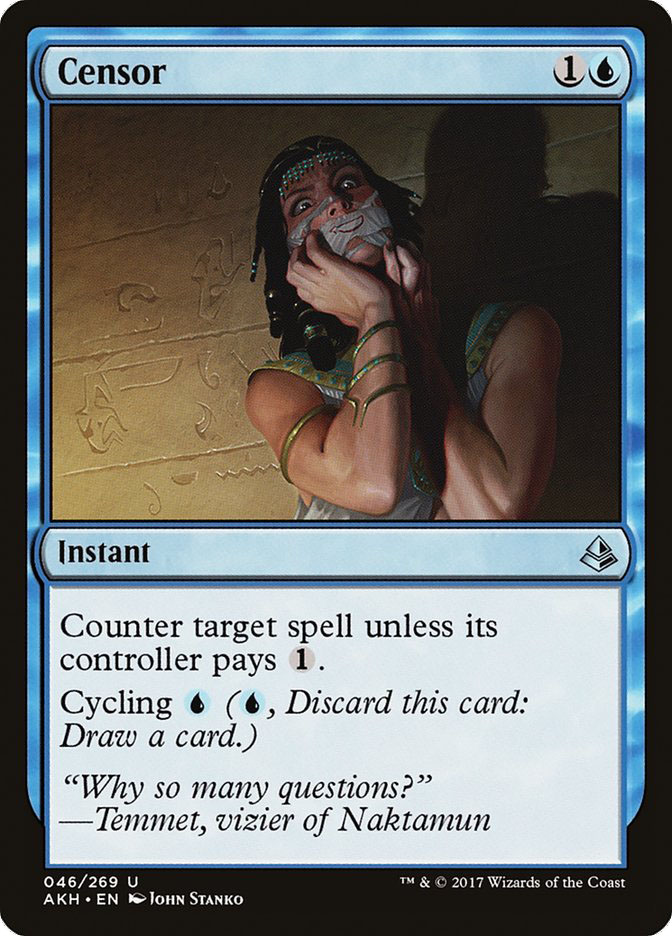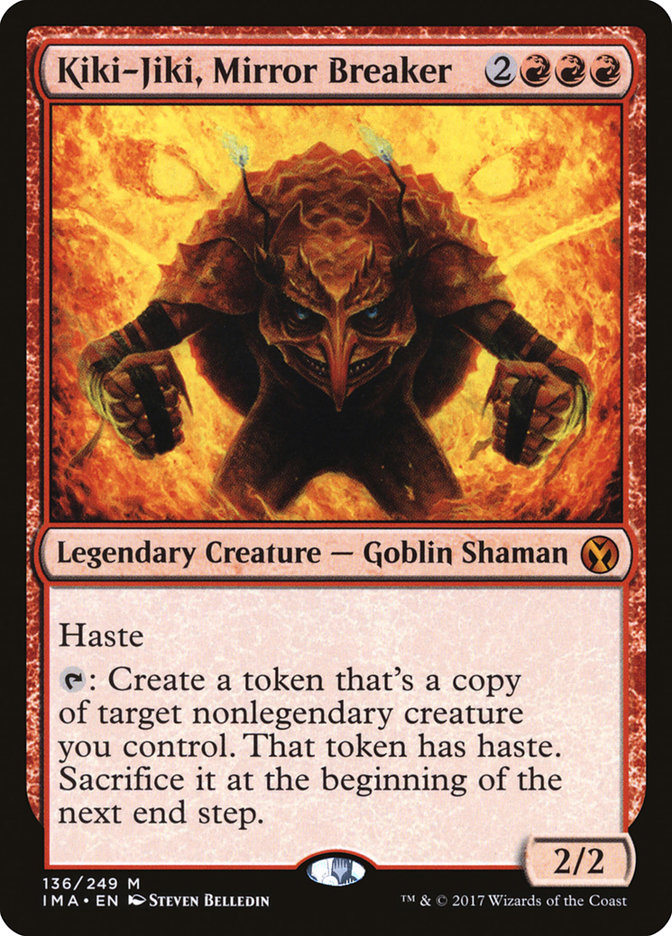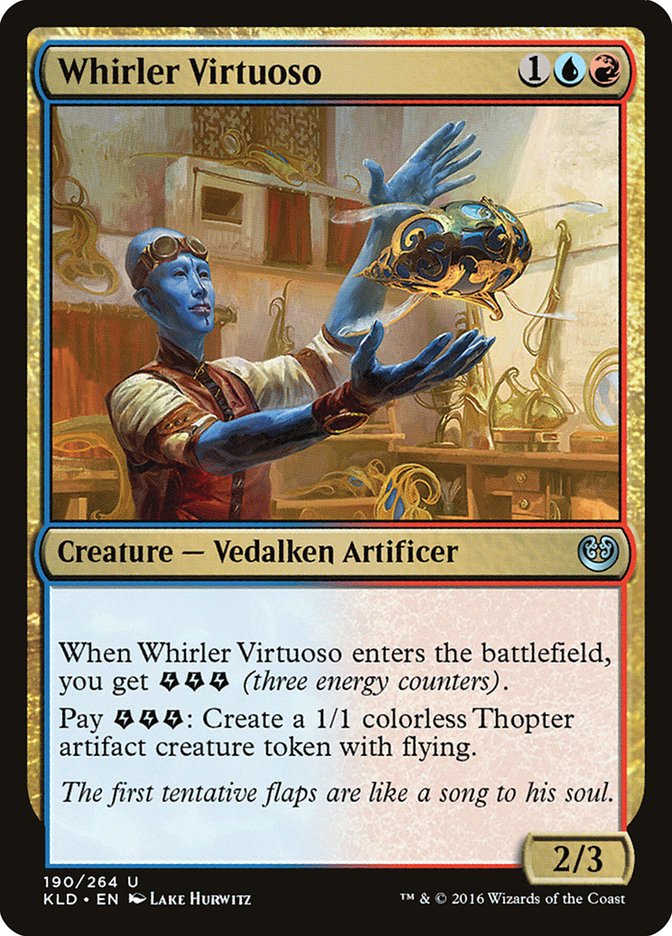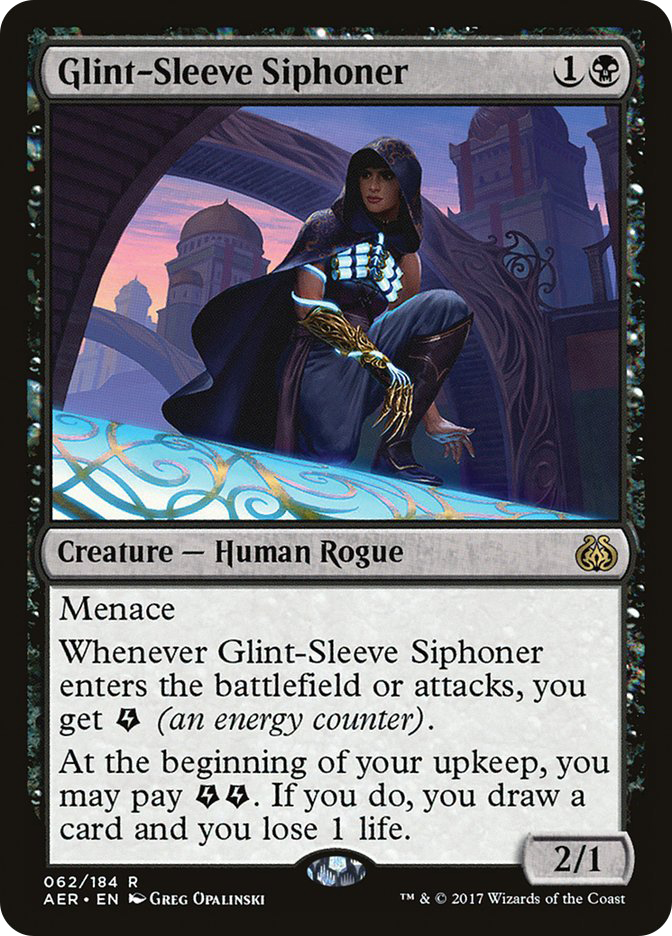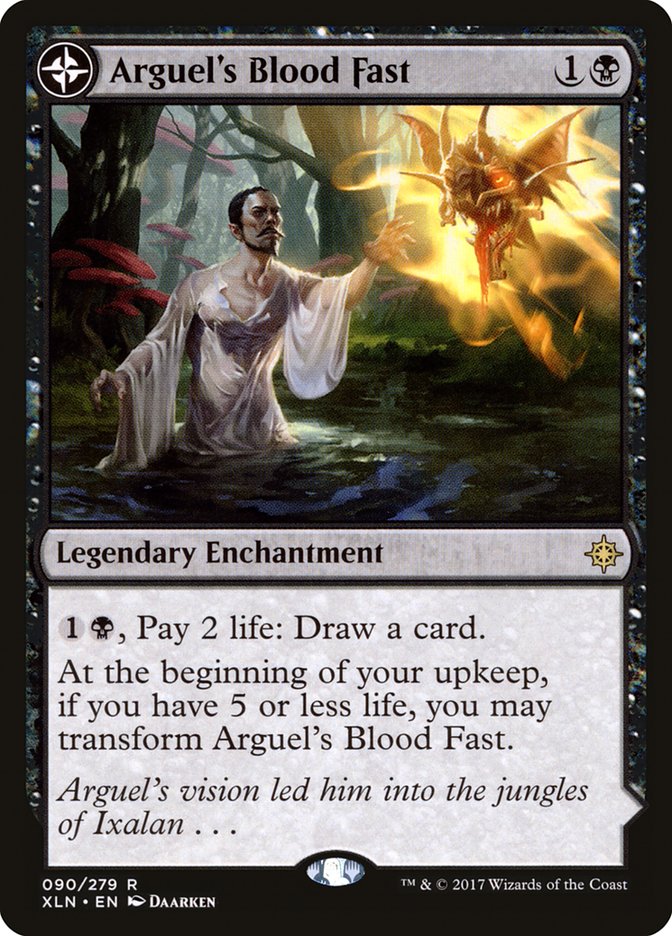U/W Control is not the best deck, nor even the best control deck in Standard. I drank the Kool-Aid last weekend, convincing my friend to abandon the U/B Control deck that we have worked on for a month because the prospect of a format-breaking planeswalker was too appealing. Teferi, Hero of Dominaria and Lyra Dawnbringer are both fantastic cards that deserve to be at the top of the Standard metagame, but their current U/W home has a lot of issues.
Removal centered solely around attacking creatures is inherently flawed. It’s fine to play a playset of Settle the Wreckage, due to the power level of the instant-speed sweeper, but a problem arises when the rest of the removal has the same type of restriction. This allows opponents to maneuver through combat with nearly perfect information, causing us headaches with creatures that have abilities resistant to our known weakness and ultimately making our removal suite ineffective.
History of Benalia produces Knights that have Vigilance, shutting down Seal Away with ease. In that same W/B Aggro deck, Knight of Malice has protection from the only early removal spell, forcing the U/W Control mage to rely on Settle the Wreckage alone. Each deck that found U/W Control in its crosshairs can easily develop a plan to exploit the limited removal and that will plague the archetype at any high-end competitive tournament in the future.
The rest of the U/W Control deck looks stock. It hosts the most powerful spells from before Dominaria, which are all still as potent in today’s Standard. U/W Control was the flash in the pan Week 1 but can adapt to stay Tier 1 with the power of Essence Scatter, Glimmer of Genius, Torrential Gearhulk, Search for Azcanta, and Disallow. These blue cards are the key to success, which means the second color is the one up for debate.
Teferi, Hero of Dominaria is one of the best control planeswalkers printed in a very long time. I raved about this hero after setting eyes on it because it hosts the abilities that makes a good control planeswalker: it produces card advantage, protects itself, and has a killer ultimate that seals up the game quickly.
The mana cost is also deceiving, due to its +1 ability to untap two lands at the end of turn, effectively making it cost three mana. This has caused it to see Modern play and be an auto-inclusion in my U/W Control deck there. As a rule, cards that see play in Modern are great in Standard, which remains true with Teferi.
Lyra Dawnbringer is another new weapon in control’s arsenal that was my biggest drive to convince my friend to switch control decks at the last minute. There aren’t many solid removal options for decks facing down this Baneslayer Angel reprint, and many games are stolen from the jaws of defeat because of that. Just like Lyra Dawnbringer’s predecessor, it takes an army to race the life total changes, and removal from the aggressive decks tends to fall short.
Lyra Dawnbringer is good but not as busted as I initially thought. People have started coming ready for it, filling the metagame with black removal to take down the Angel. With the aggressive decks having the necessary tools to defeat it, that left control decks which are naturally resistant to any creature.
Mono-Red Aggro was the initial reason why Lyra Dawnbringer was a must-play, but that deck has since fallen off the face of the earth. I don’t want to say Mono-Red Aggro is dead, but it’s certainly not at the top of its game. I’ll be sure to shed a tear at some point in this article for this fallen villain.
The rest of the white spells that propelled U/W Control to its status as one of the most-played decks come from U/W Approach. White has had a monopoly on battlefield sweepers historically, but the other colors provide some competition these days.
With Mono-Red Aggro out of the picture, Yahenni’s Expertise has risen in stock. It’s very strong against B/G Constrictor, Tokens, and most other non-control decks out there. Settle the Wreckage is still better, but not at a large enough margin to lock white as the second color.
I also think Hour of Devastation is a fantastic and underplayed spell. The amount of destruction it dishes out can clear a battlefield with ease, taking a Teferi, Hero of Dominaria with it. These two spells give U/R, Grixis, and U/B promise as control’s options moving forward.
Creatures (6)
Lands (27)
Spells (27)

Hot Control Takes
Red has arguably the best removal, yet has been abandoned as a control option lately. Harnessed Lightning is still as close as we get to Doom Blade and handles most creatures in Standard with ease. I was sweating bullets right before the last round of Standard bannings occurred, hoping that Temur Energy would lose anything but Harnessed Lightning so that control mages could still tap into this resource.
Abrade is another red removal spell that has lost its place in the limelight. Lightning Strike may be the better card all-around these days, but I’m not willing to abandon an attached Shatter this soon into the new format. These older removal spells are still just as good as they were a few months ago, and it’s never too late to look through the old technology for today’s solutions.
The draw for control mages to play red removal is strong, but U/B Control may be good enough on its own. The list I wrote about last week has all the tools to tackle the metagame without a third color, but the manabase above has been consistent in testing. The addition of Field of Ruin may be pushing it, but I’m confident that the deck can handle a few temporary, colorless mana sources.
I added a 27th land to help alleviate the pressure Field of Ruin may have on some opening hands, and its ability to fetch a basic land makes the risk minimal. I’m torn on whether to proceed with a third color or play it safe with two, but there are some aspects of control that I am certain on.
Vraska’s Contempt is the most powerful removal spell in Standard. I love a good Cast Out, but this removal spell deals with permanents the right way. Exiling forever with a lifegain touch is still the method we control mages want to get behind.
When Torrential Gearhulk was released, I wrote a few articles and went on a couple of podcasts talking about how it will continue to grow in strength. As more instants are printed, Torrential Gearhulk becomes a must-play for control. Dominaria has a few sweet tools that can be recast, but the core of U/B, U/R, and Grixis Control hasn’t received a worthy upgrade to replace any of the existing winners. Cast Down is right up there with the top instants but won’t find work with Harnessed Lightning and Abrade around. It’s still a great one- or two-of in U/B Control, though.
The Scarab God is still a phenomenal card and was never anything less. The chatter regarding the fall in power level of The Scarab God baffled me and wasn’t based on the reality of any completive Standard play. If players continue to cast creature cards, The Scarab God is still the king of the hill.
It’s likely that this decline in strength theory was based on the weakness of the color combination, which is always a fair assessment. If U/B isn’t good, The Scarab God drops in playability. That’s the life of any Magic card that has fallen into an archetype that isn’t usable, regardless of the individual strength of that card.
I don’t believe that’s what happened here, though. Pro Tour Dominaria is right around the corner and that will shed light on the fate of Torrential Gearhulk’s favorite sidekick. I was drawn to temptation last week, but not for the big show on June 1st. I’ll be playing a deck with a control strategy, the powerful blue spells described above, and the indisputable power of The Scarab God.
Censor is still an amazing card and never dropped in power level as well. In the same universe with The Scarab God, Censor was dropped from many competitive control decks. This isn’t brand-new, with some control mages deciding for more hard answers over the versatility of the cycling counterspell.
It isn’t an egregious oversight for players to drop Censor, but I do believe it’s incorrect. The card is all upside, preventing a threat from arriving early in the game and cycling into a fresh card late. It even has the power to end a haymaker’s dream as your opponent taps their sixth land for a Vraska, Relic Seeker, only to discover that one more mana is required.
This is the definition of upside and it takes a great deal of self-control for me not to jam this card into every Modern control deck I brew. Hitting land drops is the key to control’s success, and keeping a clear battlefield is the path to victory, which is often accomplished by a Censor or two.
The mirror is important, but not for maindeck changes. My control decks have historically struggled in Game 1s, but they’re usually dominant in sideboard games. I’d like to live in a world where my opponents and I engage in blue spell battles for an hour, though that isn’t the reality, as the Magic battlefield is a dangerous place that must be met with strong removal spells.
Therefore, you’ll see my U/B Control lists with Cast Down main over one of the Essence Scatters, and this Grixis list contains only three copies of Disallow. Game 1 against control becomes a struggle to keep more cards in your library than your opponent because the removal war removes everyone’s win conditions.
It’s futile to try to stack your maindeck in a way to consistently best your control mirror opponent; not only is it difficult, it makes your game against the aggressive decks much weaker. The cheap interaction spells are where you win and lose your rounds, so don’t skimp on them with the intent of stealing the first game from U/W Control.
The sideboard has all the hate you could ever dream of for your control opponent. Whirler Virtuoso serves a dual purpose as usual, strong against decks with cheap creatures and with no creatures. Doomfall comes in against aggro, control, and even midrange decks, as it hits hexproof or indestructible creatures and attacks the hand. Glint-Sleeve Siphoner can be game over after resolving, providing card advantage and punishing opponents that take out their early removal.
This sideboard package is joined by the veteran Negate and the newcomer Arguel’s Blood Fast. Both sideboard cards are typically used for the control mirror but serve additional roles in the current Standard.
Negate is a house against W/B Aggro, token strategies, and many other decks that trim creatures for spells after game one. Being able to hit History of Benalia and Karn, Scion of Urza is huge for the control mage. Negate being strong against midrange is something new for me and I’ll try not to get too excited about it.
The debate around Arguel’s Blood Fast has died down some because of U/B Control’s disappearance these last few weeks. It may be a stronger card than Search for Azcanta in every way except for the ability to hit land drops. For that reason, it’s a sideboard card in Grixis while Search for Azcanta remains the main weapon of choice.
I’ll spend the next few weeks determining whether U/B, U/R, or Grixis is the best course for control in Standard. Whichever conclusion I reach, I can confidently say that I don’t think U/W Control has the strength to survive our enemies’ adaptations.



